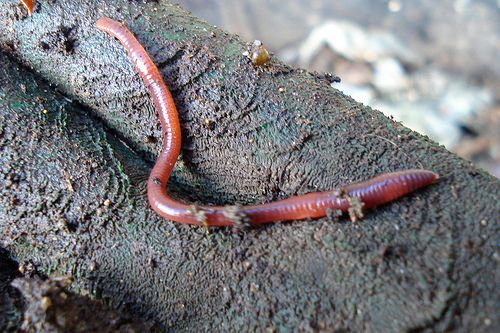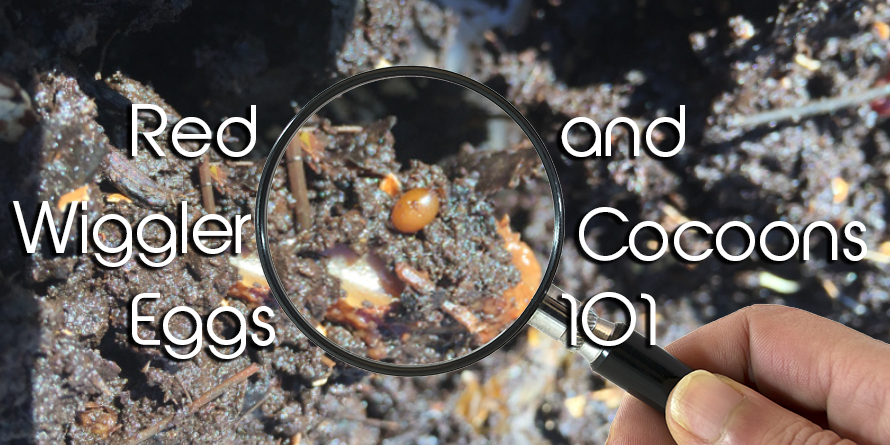Red Wigglers: The Unsung Heroes of Organic Waste Recycling
Red wigglers, or Eisenia fetida, serve as essential representatives in the organic waste reusing process, transforming discarded products right into beneficial vermicompost. As the globe progressively seeks services to combat waste buildup and enhance agricultural productivity, recognizing the duty of these worms ends up being vital.
What Are Red Wigglers?
The amazing resilience of red wigglers, medically called Eisenia fetida, highlights their crucial role in natural waste recycling. These little, reddish-brown earthworms are generally located in decaying raw material, such as garden compost stacks and manure heaps. Lake Hickory Bait. Unlike various other earthworm types, red wigglers flourish in nutrient-rich settings and are highly reliable at breaking down organic products, making them essential for vermicomposting

(Lake Hickory Bait)Along with their function in waste reduction, red wigglers contribute to soil health and wellness by boosting dirt framework and oygenation with their burrowing activities (Lake Hickory Bait). Their visibility in composting systems not only enhances disintegration prices yet additionally advertises a lasting strategy to lose administration, showing their significance in ecological conservation efforts
Benefits of Composting With Worms
Composting with worms, especially red wigglers, supplies various benefits that improve both waste monitoring and soil health. First, these worms efficiently damage down organic waste, converting it right into nutrient-rich vermicompost that enriches dirt. This procedure accelerates decay, enabling a much faster recycling of kitchen scraps and various other organic materials compared to conventional composting methods.
In addition, the vermicompost generated by red wigglers is including valuable bacteria, which help enhance soil structure, oygenation, and wetness retention. This improves the overall health of plants, advertising energetic development and enhanced returns in gardens and agricultural setups. Moreover, the usage of worms in composting minimizes the manufacturing of greenhouse gases, such as methane, adding to a much more sustainable waste monitoring system.

How to Start Vermicomposting
Establishing a vermicomposting system is a simple procedure that can yield considerable benefits for both waste management and dirt enrichment. To begin, choose an ideal container, such as a plastic container or wood box, with adequate air flow openings to make sure correct airflow. The dimensions ought to ideally be about 2 feet by 3 feet, allowing ample room for the worms to prosper.
Following, prepare bedding material, which can contain shredded paper, cardboard, or coconut coir. This bedding must be dampened to create a suitable habitat for the worms. When the bed linen is in area, present red wigglers (Eisenia fetida) into the container, normally around one pound of worms for every square foot of surface.
Following the positioning of worms, add natural waste, such as fruit and vegetable scraps, coffee premises, and smashed eggshells. With these steps, you will efficiently initiate a vermicomposting system that adds to sustainable waste management and enriches your dirt.
Preserving a Healthy Worm Bin
(Red Wiggler Express)Keeping a worm container thriving requires routine interest and like make certain the health and wellness of the red wigglers and the performance of the composting process. Proper upkeep begins with monitoring the moisture degrees; the container must perspire yet not saturated. A good general rule is to preserve a consistency similar to a wrung-out sponge.
Gently blending the bed linens and food scraps every few weeks prevents compaction and makes sure that all worms have accessibility to oxygen. In addition, it is essential to feed the worms appropriately.
If the container becomes too hot or chilly, the worms may end up being stressed. By faithfully taking care of these factors, one can maintain a durable read review and effective worm bin.
Impact on Sustainable Living
The successful maintenance of a worm bin not just benefits the wellness of red wigglers however also adds considerably to sustainable living methods. By recycling natural waste, such as cooking area scraps and lawn particles, red wigglers help draw away significant amounts of material from landfills. This decrease in waste not only lowers greenhouse gas exhausts but additionally reduces the ecological burden related to waste management.
Moreover, the castings created by red wigglers act as a nutrient-rich organic plant food, boosting soil health and promoting plant growth. This natural option to chemical plant foods supports sustainable farming and gardening techniques, decreasing dependence on synthetic inputs that can hurt environments. Additionally, worm composting fosters understanding of waste management, encouraging people and neighborhoods to embrace even more sustainable behaviors.

Final Thought
In summary, red wigglers work as essential factors to organic waste reusing through their effective disintegration of organic materials. Their ability to generate nutrient-rich vermicompost enhances dirt wellness and supports sustainable agricultural techniques. By incorporating vermicomposting right into waste monitoring techniques, individuals and communities can substantially decrease waste while advertising environmental sustainability. The function of Eisenia fetida in cultivating healthy environments highlights the relevance of these microorganisms in attaining sustainable living and improving soil fertility.